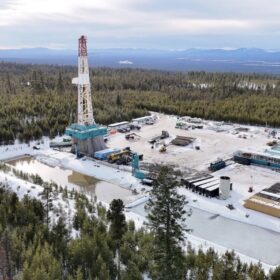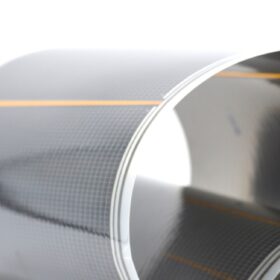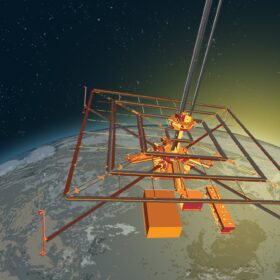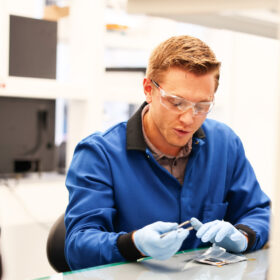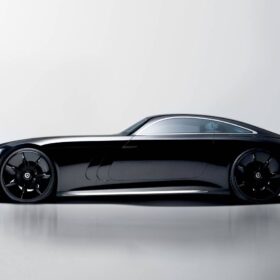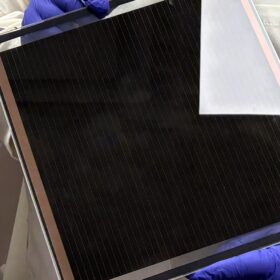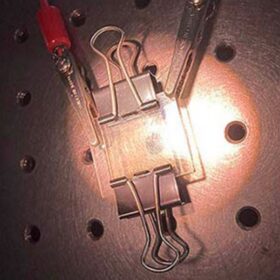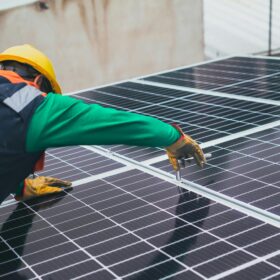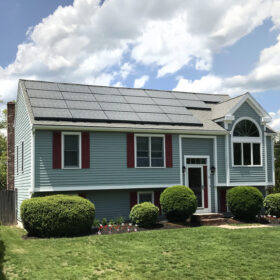Residential geothermal systems positioned to save energy for new construction projects
Dandelion Energy CEO says OBBBA provisions open new pathways to make geothermal more accessible and affordable.
Geothermal developer Mazama Energy aims for 5¢/kWh power
Mazama Energy says it has accessed a world-record high temperature geothermal resource, and that hotter underground rocks can enable lower-cost power.
Solar perovskites power U.S. Army deployable microgrid demonstration
U.S.-manufactured perovskites produced by Swift Solar were used in a demonstration of a Rapid Deployment Hybrid Microgrid used for critical infrastructure cyber defense.
Ascent Solar testing CIGS modules for power beaming, marine applications
The US-based developer of copper indium gallium selenide thin-film PV products said its modules will be tested without modifications by companies developing marine PV and power beaming applications.
Researchers envision a ‘bright harvest’ from space-based solar power
Developers say space-based solar will be cost-competitive with utility-scale PV. A new documentary showcases a Caltech team’s efforts to supply the Earth with limitless energy from space.
Alsym Energy launches sodium-ion battery line
The Massachusetts-based startup says its new battery is non-flammable, non-toxic, and uses non-FEOC (Foreign Entity of Concern) materials, aiming for a lower levelized cost of storage (LCOS). The technical specs provide some highlights as well.
Mercedes unveils car with 20% efficient ultra-thin solar coating
Mercedes-Benz unveiled its first car prototype with a silicon-free, 20%-efficient nanoparticle solar coating that powers the vehicle even when off and uses modules thinner than a human hair.
Sofab Inks achieves 22.2% efficiency in mini inverted perovskite solar panel
The U.S. startup said the 30 x 30 cm perovskite solar cell device featured its tin oxide electron transport material produced in a sheet-to-sheet slot die coating process.
Standardized testing for indoor PV
Researchers at Simon Fraser University in Canada have proposed protocols for standardized testing to avoid skewed results. The validated recommendations cover procedures for key measurements and the use of the indoor PV reference cell method.
Researchers discover photovoltaic properties in zinc-based film
Research from the University of Wisconsin-Milwaukee has found zinc-phosphate-hydrate (ZPH) films are capable of producing electricity from light. The coating’s photovoltage was amplified when anthocyanin, a natural dye found in blackberries, was added.

